Birds of Our Observations
Let yourself be inspired by our fascinating observations from the past years and discover the diverse world of nature. Here, we regularly present a compilation of our latest discoveries and observations.
If you are looking for a specific bird, you can find it using the search field:
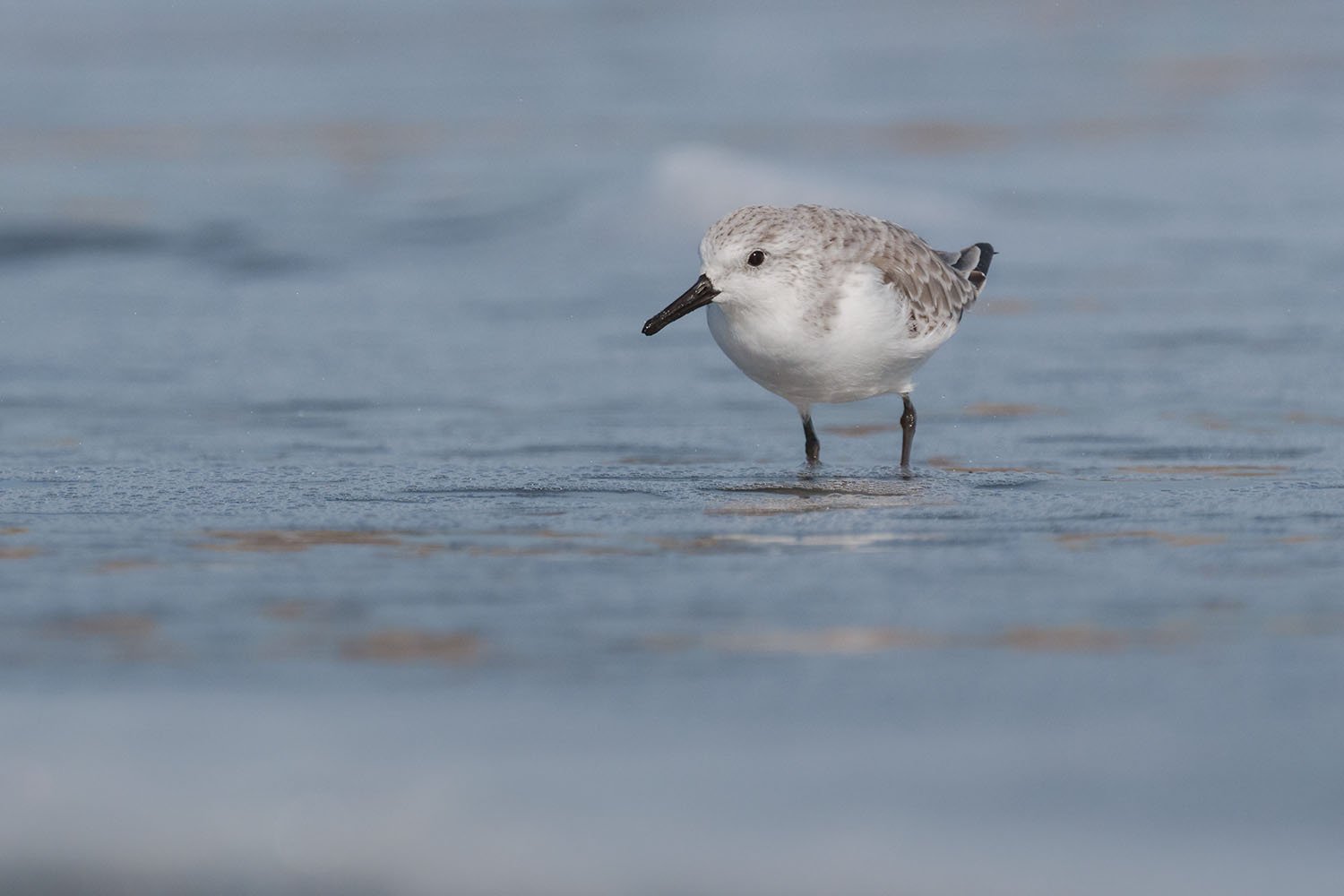
Sanderling (Calidris alba)
The Sanderling is a small shorebird that lives along coastlines around the world. It is easy to recognize in winter due to its bright white feathers and fast movements along the...
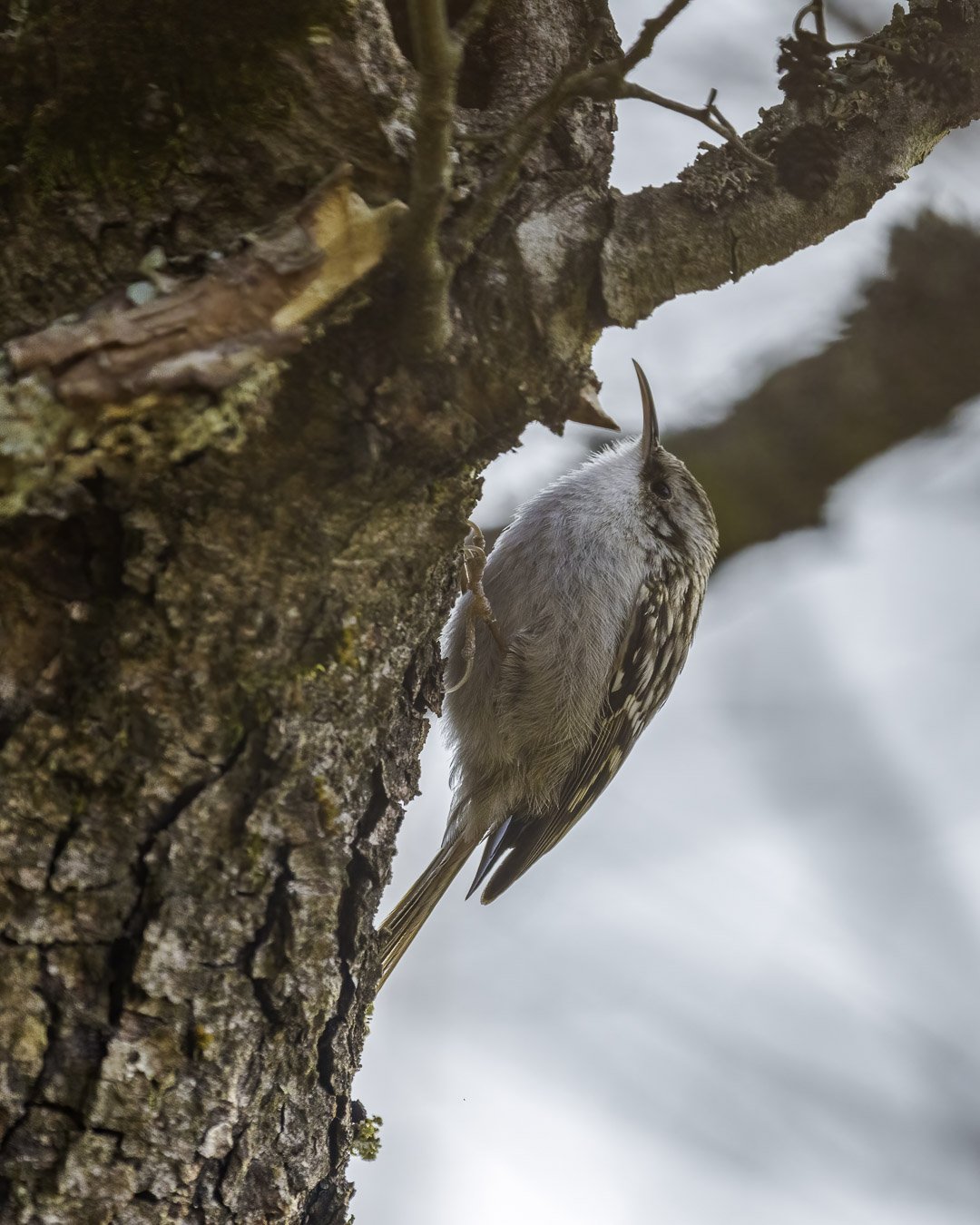
Short-toed treecreeper (Certhia brachydactyla)
The Treecreeper is a small songbird known for its ability to climb up tree trunks almost unnoticed. Its perfectly camouflaged feathers blend seamlessly with the bark, giving it excellent protection. This bird is mainly found in light deciduous and mixed forests as well as...

Common sandpiper (Actitis hypoleucos)
The Common Sandpiper is a small wading bird known for its compact body and quick, jerky movements. Often seen along natural riverbanks and gravel shores, it swiftly moves across the ground in search of food. Its modest plumage blends perfectly with its...
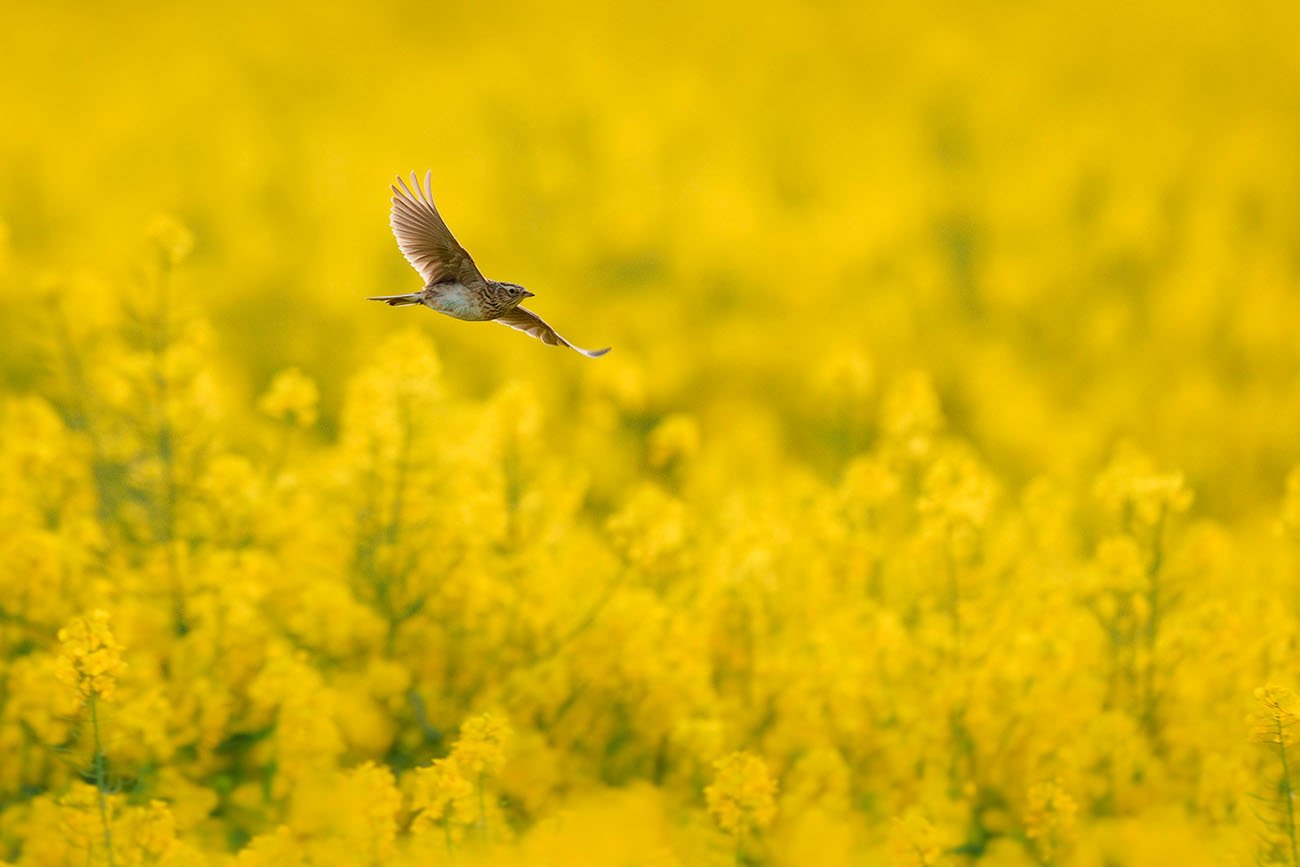
Eurasian skylark (Alauda arvensis)
The skylark is a remarkable songbird known for its tireless singing, often heard high in the sky. It prefers open landscapes like fields and meadows, where its camouflaged plumage blends perfectly with its surroundings. Unfortunately, the skylark is now threatened by the loss of...
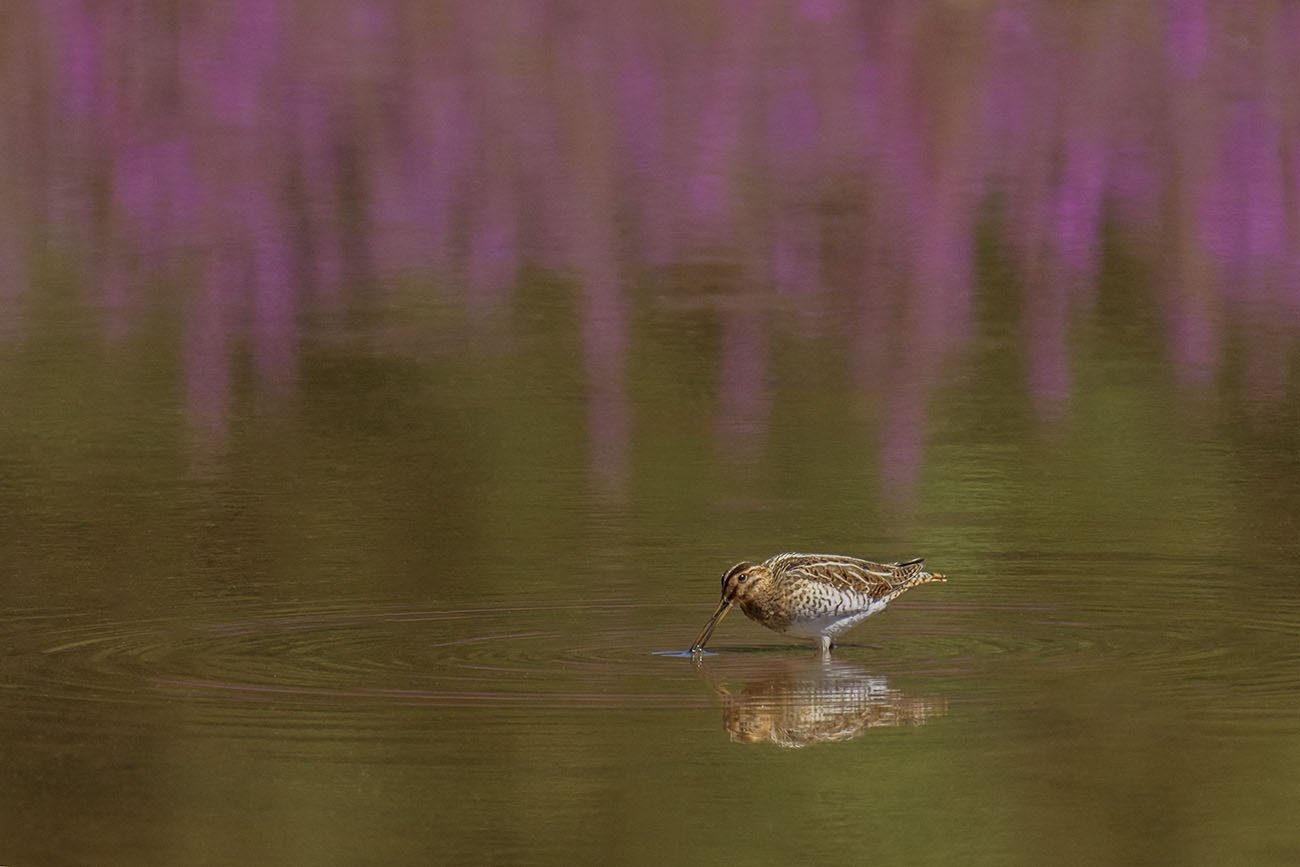
Common snipe (Gallinago gallinago)
The Common Snipe is a fascinating wading bird, known for its excellent camouflage and its distinctive zigzag flight. Despite its relatively modest size, it stands out with its long, straight beak and well-camouflaged brown tones. Anyone...
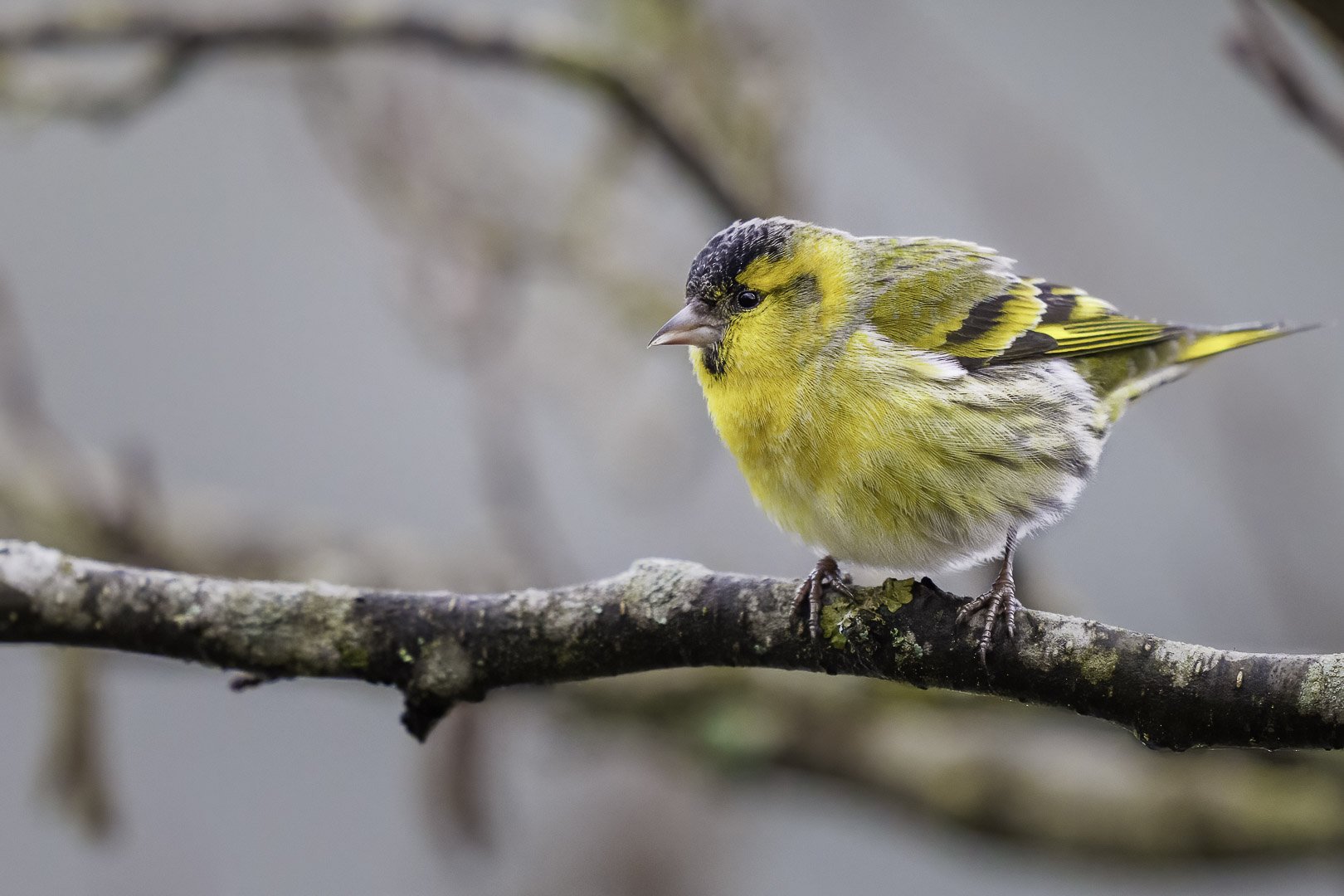
Eurasian siskin (Spinus spinus)
The Eurasian Siskin (Spinus spinus) is a small and sociable bird, a member of the finch family, found in forested areas throughout Europe and Euro-Siberia. Its diet consists mainly of various seeds, with a preference for alders and conifers. Males are characterized by their yellow face and breast, accompanied by a black cap, while females exhibit a more inconspicuous gray-striped pattern. These birds display a unique migration pattern, often venturing south in large numbers during
